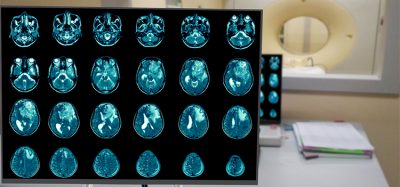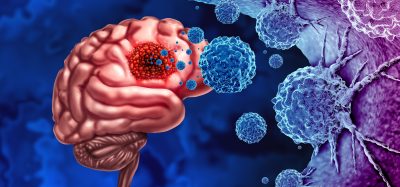Autism model offers insights to possible drug targets
Posted: 10 May 2016 | Victoria White, Digital Content Producer | No comments yet
A new mouse model of a genetically-linked type of autism, developed by scientists at Duke Health, reveals more about the role of genes in the disorder…


A new mouse model of a genetically-linked type of autism, developed by scientists at Duke Health, reveals more about the role of genes in the disorder and the underlying brain changes associated with autism’s social and learning problems.
Mice with a genetic mutation common to some forms of autism (left) are trapped by repetitive behaviours such as grooming and struggle to learn and read social cues as compared to control mice (right). CREDIT: Duke Health
The scientists also discovered that targeting a brain receptor in mice with this type of autism could ease repetitive behaviours and improve learning in some animals.
The Duke researchers are the first to create a mouse in which the SHANK3 gene has been completely eliminated. SHANK3 is essential to the function of synapses in the brain and communication between neurons. The total “knockout” of the gene makes the model more effective for studying SHANK3-related autism and Phelan-McDermid syndrome in humans, many of whom are missing the gene completely.
Yong-hui Jiang, M.D., Ph.D., an associate professor of pediatrics and neurobiology, commented: “This is an important first step in understanding the process of the disorder in humans. For many families affected by autism, this is something that could provide hope and potentially lead to a treatment.”
Jiang said autism researchers worldwide could use the mouse model to study ways to compensate for the gene and improve symptoms in people with autism spectrum disorders and Phelan-McDermid Syndrome, a more profound developmental condition caused by mutations to SHANK3 and other genes in chromosome 22.
Over the past five years, researchers observed abnormal brain activity in the SHANK3 knockout mice when compared to controls. The knockout mice would vocalise less, groom obsessively to the point of losing fur, fail to heed the established social hierarchy in groups, and were often unable to locate their own homes, wandering into strangers’ nests.
“Some of the repetitive behaviours, inability to read social cues, and restricted interests copy many of the symptoms we see in people with autism,” said Alexandra Bey, an M.D./Ph.D. candidate at the Duke University School of Medicine.
In one experiment, mice were placed in a box with numerous holes and paths to explore. Curious control mice roamed while knockout mice often stuck to a small area and repeated the same routes.
“This replicates what see in many children with autism,” Bey said. “In children, perseveration is a behaviour such as playing with the same toy over and over again in the same way, and not exploring new ways to interact with it.”
Changes in the mGluR5 receptor
As they studied brain activity in the knockout mice, the researchers also found prominent changes in a receptor in the brain known as mGluR5 and other proteins that support the function of neurons and synapses. The team tested two chemical compounds that target the mGluR5 receptor and found they could actually relieve the animals of some of their repetitive habits or enhance their learning.
“The regulation of this receptor is complex and gives rise to other behavioural challenges, but this is a clue for further research,” said Xiaoming Wang, M.D., Ph.D., senior research associate in Duke’s department of paediatrics. “In the future, it’s possible that a similar class of drug could be tried on humans. We are interested to see our study help others around the world better understand this gene and how it affects synapses and hope the model can be generalised to other autism genes.”








